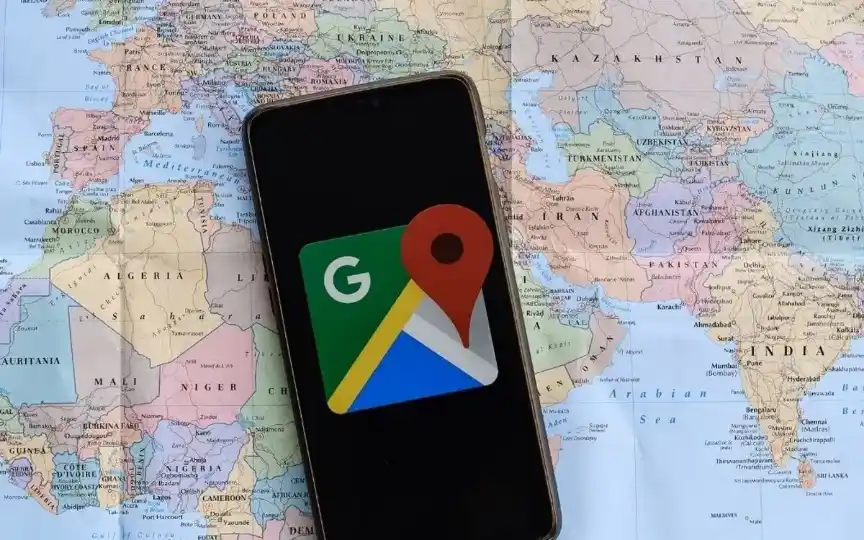Driving with Google Maps can now assist in reducing fuel consumption
Since the introduction of Google Maps, traveling has undoubtedly become quite convenient. Available for Android devices, this app helps users find the best route to their destination and predict travel time. Google Maps has recently introduced a brand new feature aimed at saving fuel while on the road.
Known as Green Routing, this feature was introduced in September 2022 and was initially available in the US, Europe and Canada. Save fuel option is now available for Indian users as well.
This feature must be enabled manually in the Google Maps app. It helps estimate fuel or energy efficiency based on a vehicle’s engine configuration and other considerations. The feature also evaluates certain route factors, including real-time traffic, route simplicity and road conditions.
Once analyzed, the application shows the best route not only by estimated time but also by identifying the most energy-efficient option. Therefore, it can sometimes deviate from the fastest route.
When this feature is turned off, Google Maps will only help you find the fastest route without considering energy or fuel efficiency. However, users will see the most fuel-efficient route of all the options, as it is highlighted by the green leaf logo.
Steps to activate the save fuel feature in Google Maps
1. Open the Google Maps application on your device.
2. Click on your profile picture or initials in the upper right corner.
3. In settings, go to Navigation.
4. Scroll up to find Route Options
5. Activate an environmentally friendly route by selecting ‘Prefer fuel-efficient routes’.
6. On the next page, select ‘Motor type’ accordingly
Steps to use the Save Fuel feature in Google Maps
1. Go to Google Maps
2. Enter the name of your destination in the search field or tap the location on the map
3. Click Directions in the lower left corner
4. Swipe up to find the option “Change engine type”
5. Select the Engine Type according to your vehicle – Gasoline, Diesel, Hybrid or Electric
According to information on Google’s support page, if the user does not select the engine type manually, gasoline will be set as the default option, as it is the most common transmission in different countries. The feature is also the same for electric vehicles, but it does not show charging points on energy-efficient routes.




